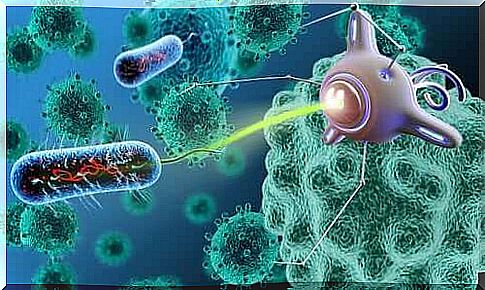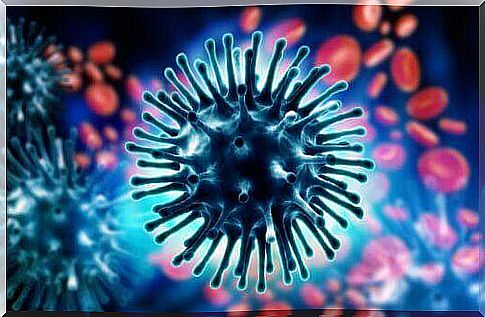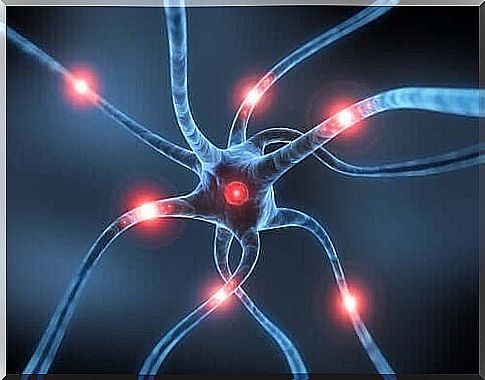Advances In Nanomedicine

Advances in nanomedicine are now involved in health science, which focuses on the prevention, diagnosis, and treatment of diseases that have a major impact on the population. This field of medicine uses nanotechnology knowledge to target treatments to diseased tissue without damaging healthy tissue.
Areas of nanomedicine
Overall, this field of medicine consists of three areas:
1. Nano-advances in diagnostics
This relies on the use of nanodevices and contrast systems. That way, doctors can detect the disease sensitively, quickly, and accurately in its early stages. Nanodiagnostic devices can be either in vitro or in vivo devices.
2. Nanotherapy or controlled drug release
This part of nanomedicine uses nanostructures that cause the active ingredient to accumulate and be released in a controlled manner exclusively in diseased cells.
Nanostructures must be:
- Biologically compatible.
- Able to carry the appropriate dose of the drug.
- Stable until they reach the target tissue.
3. Reform the advances brought by nanomedicine
Doctors can even repair or replace damaged tissues and organs using nanotechnology. As a result, it is now possible to stimulate the repair mechanisms of the human body.
Researchers are currently developing nanostructured teranostatic systems. And these combine elements within the same nanoparticle to detect disease and provide topical treatment. These systems allow the kinetics and efficacy of a given treatment to be visualized and evaluated.
Advances in nanomedicine in oncology

In oncology, the use of nanomedicine mainly focuses on two problems that are common to any type of cancer: diagnosis and side effects of chemotherapy.
Early diagnosis of cancer greatly increases the chance of recovery. One of the main benefits of nanomedicine is the ability to detect tumor cells at an early stage of cancer. In this regard, research results from animal experiments revealed that magnetic nanoparticles associated with tumor markers also allow accurate detection of cancer. This can also happen when the level of these markers is well below the levels observed with current methods.
The use of nanomedicine to prevent the side effects of chemotherapy
Chemotherapy is a very aggressive treatment. It destroys cancer cells and has many side effects because it also destroys healthy cells. Nanotechnology in cancer treatment makes it possible for a doctor to use “encapsulated” drugs in chemotherapy. In this way, it improves the effectiveness of chemotherapy while reducing the toxicity it causes in the patient’s body.
A group of European researchers recently created nanospheres that could only penetrate cancer cells. The negative consequences of chemotherapy may therefore be a thing of the past. These include nausea, physical weakness, and hair loss.
Advances in nanomedicine in cardiovascular disease
Nanomedicine is also of great benefit in diseases of the cardiovascular system. One of the main benefits is its ability to quickly identify arterial lesions at an early stage.
Researchers are also conducting studies in which certain nanoparticles can act as safe vehicles for drug delivery. Thus, they can take the drugs directly to the affected area.
Neurodegenerative diseases

Doctors can now now treat diseases such as Parkinson’s disease, Alzheimer’s disease and even osteoarthritis much more effectively. Likewise, nanoparticles target specific areas of the brain and / or tissues.
For example, Alzheimer’s disease is characterized by progressive destruction of neurons. Thus, researchers will soon have the opportunity to regenerate neurons using existing stem cells in the brain through growth factors.
Summary
Nanomedicine will soon enable the best and earliest diagnosis of diseases. Researchers are also developing local and individualized treatments. Accurate monitoring of the development of the disease thus becomes possible.








